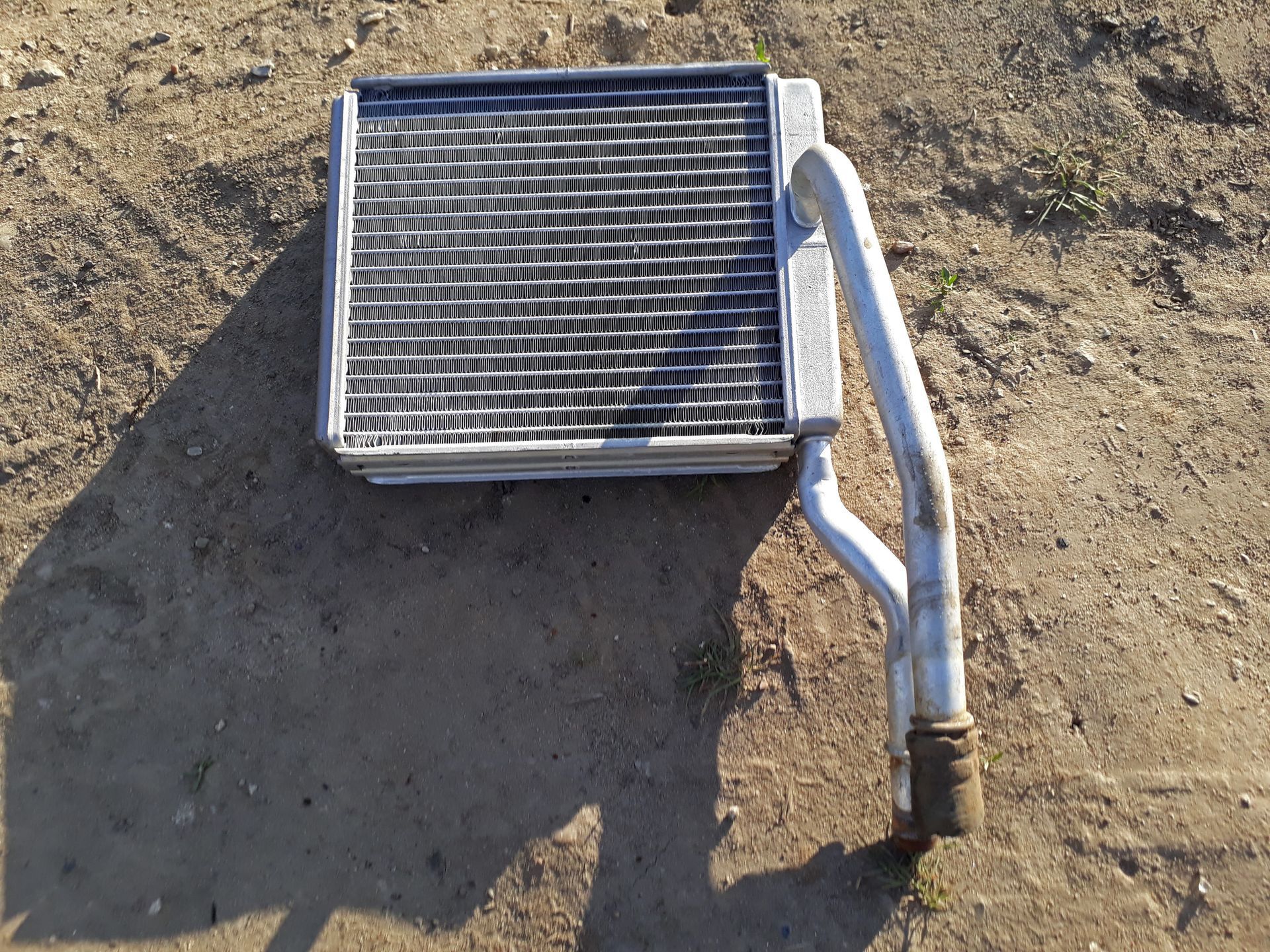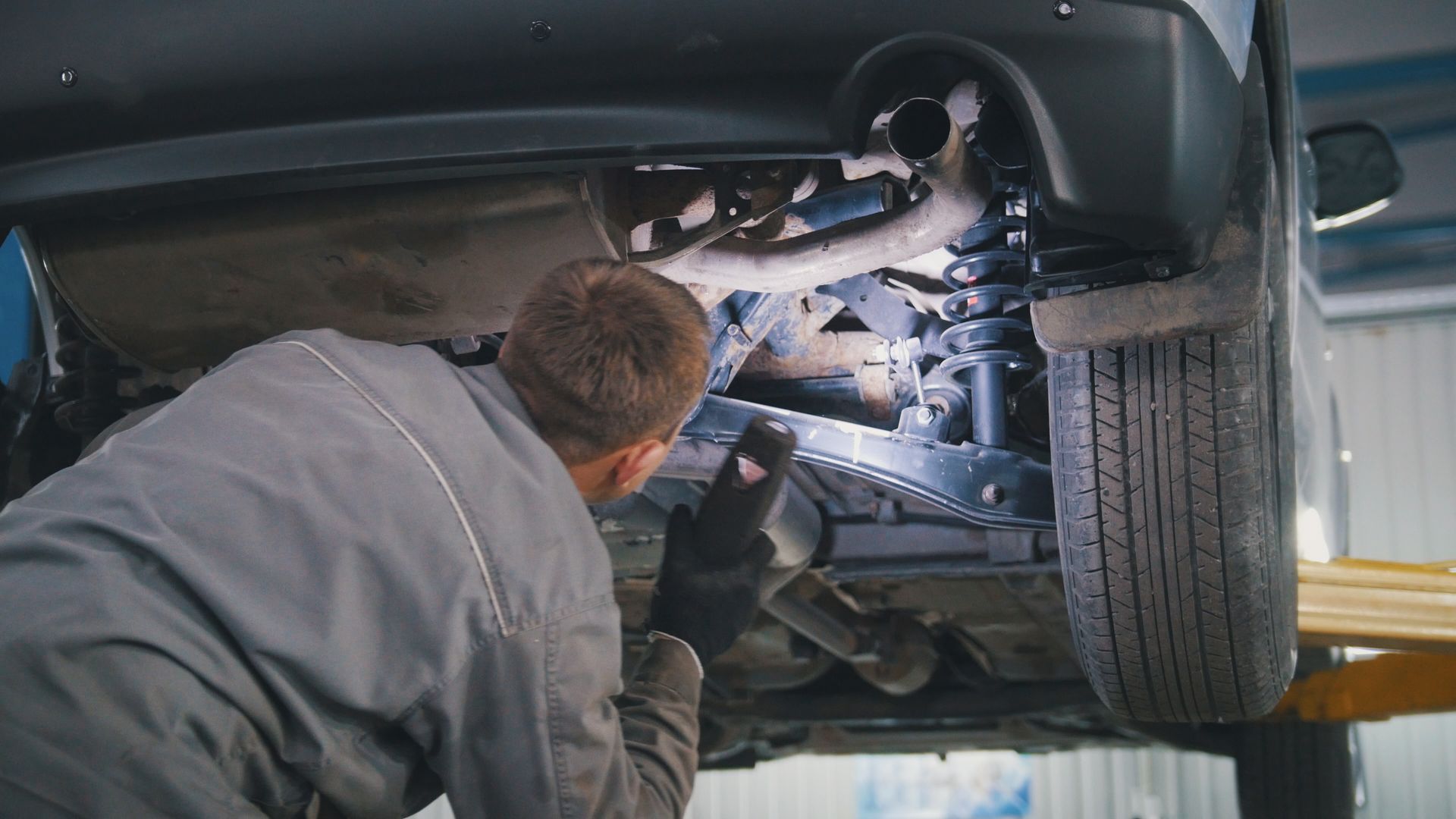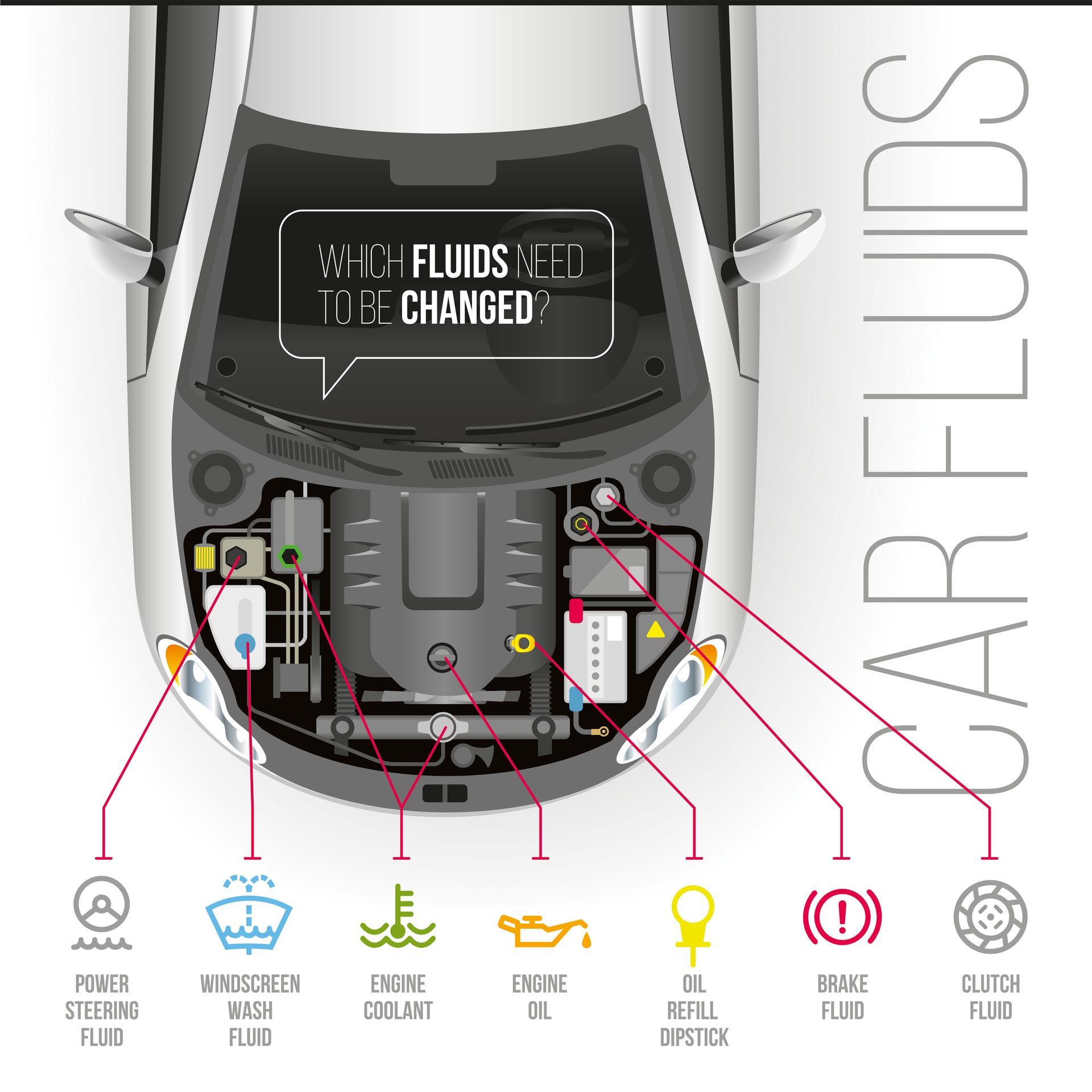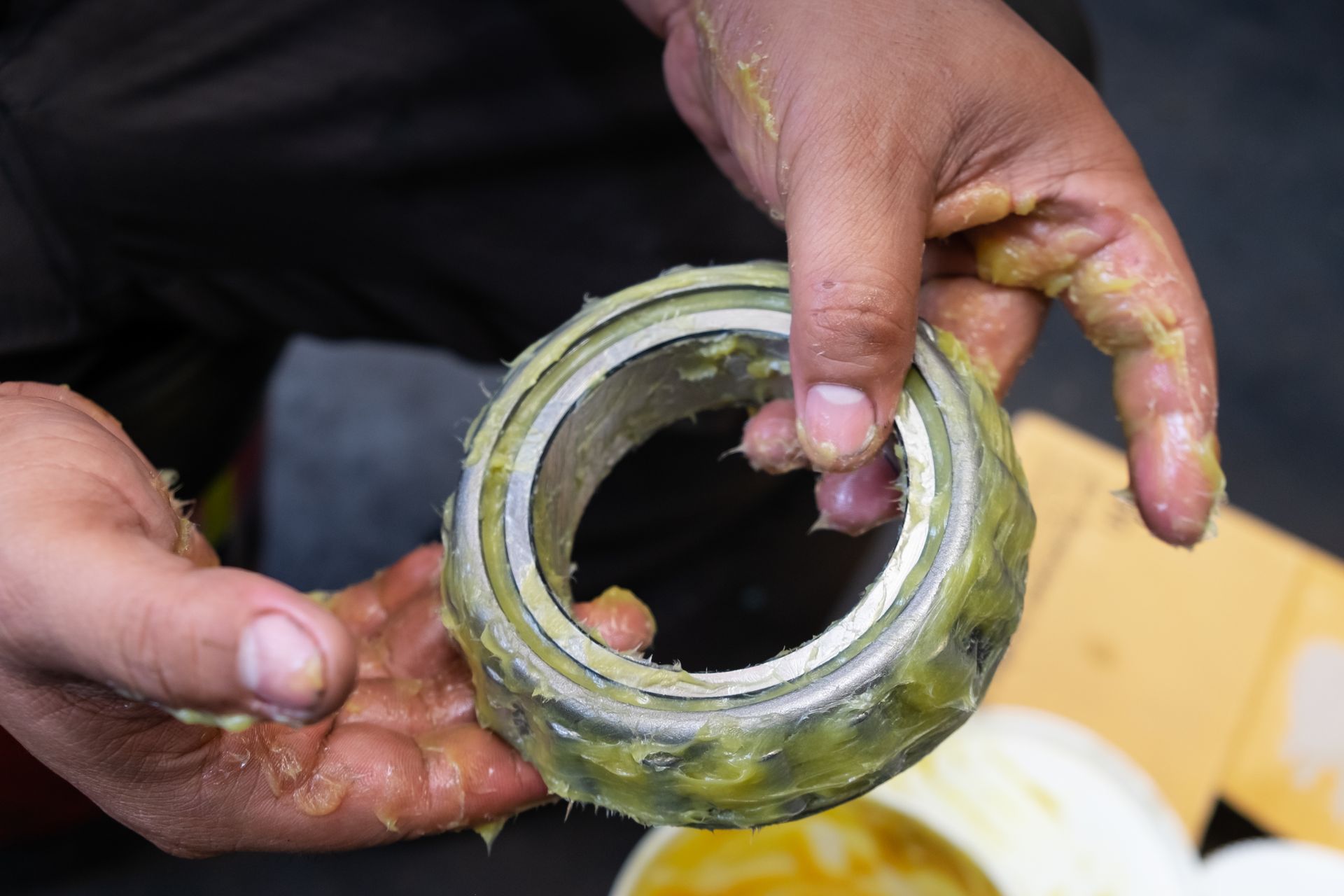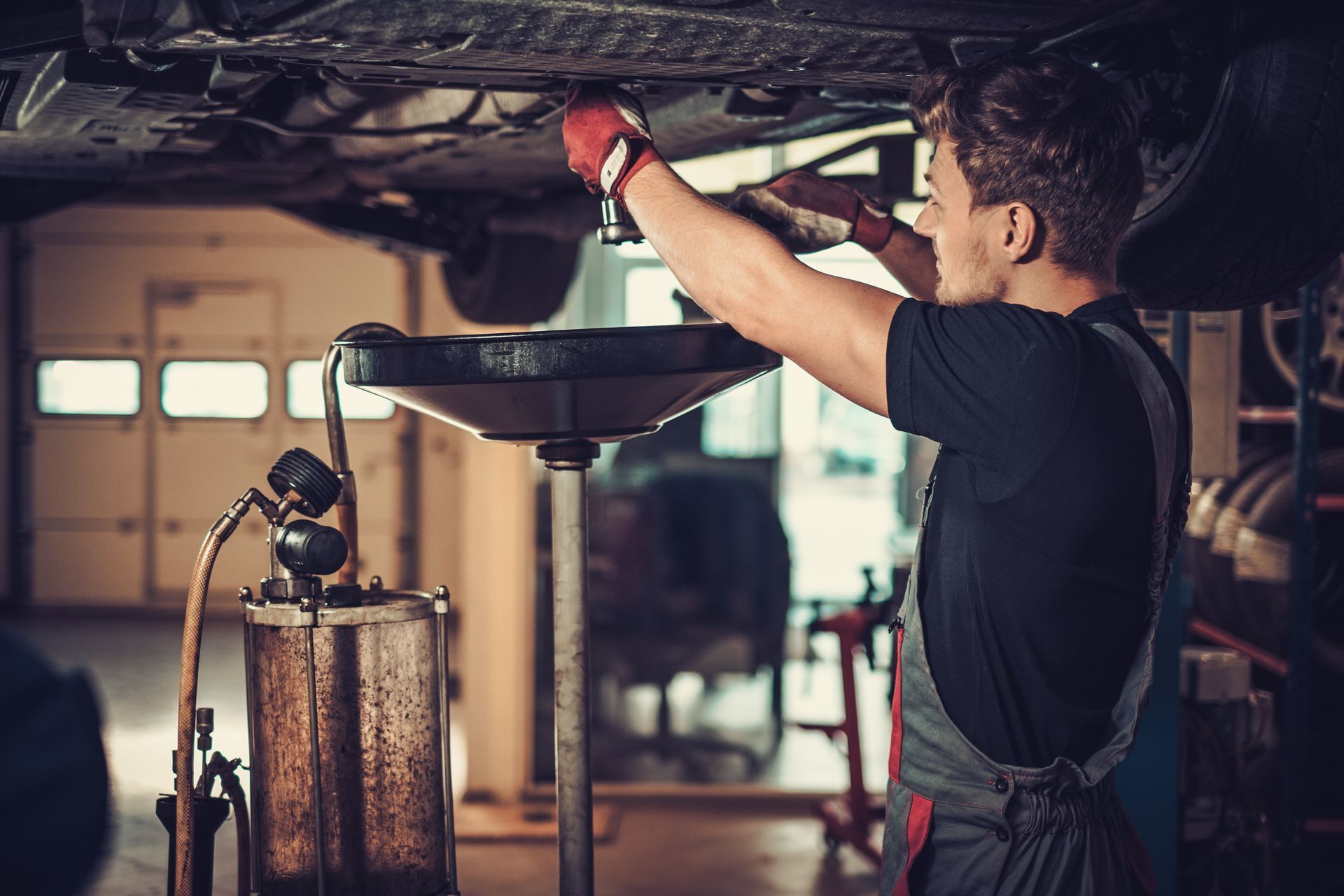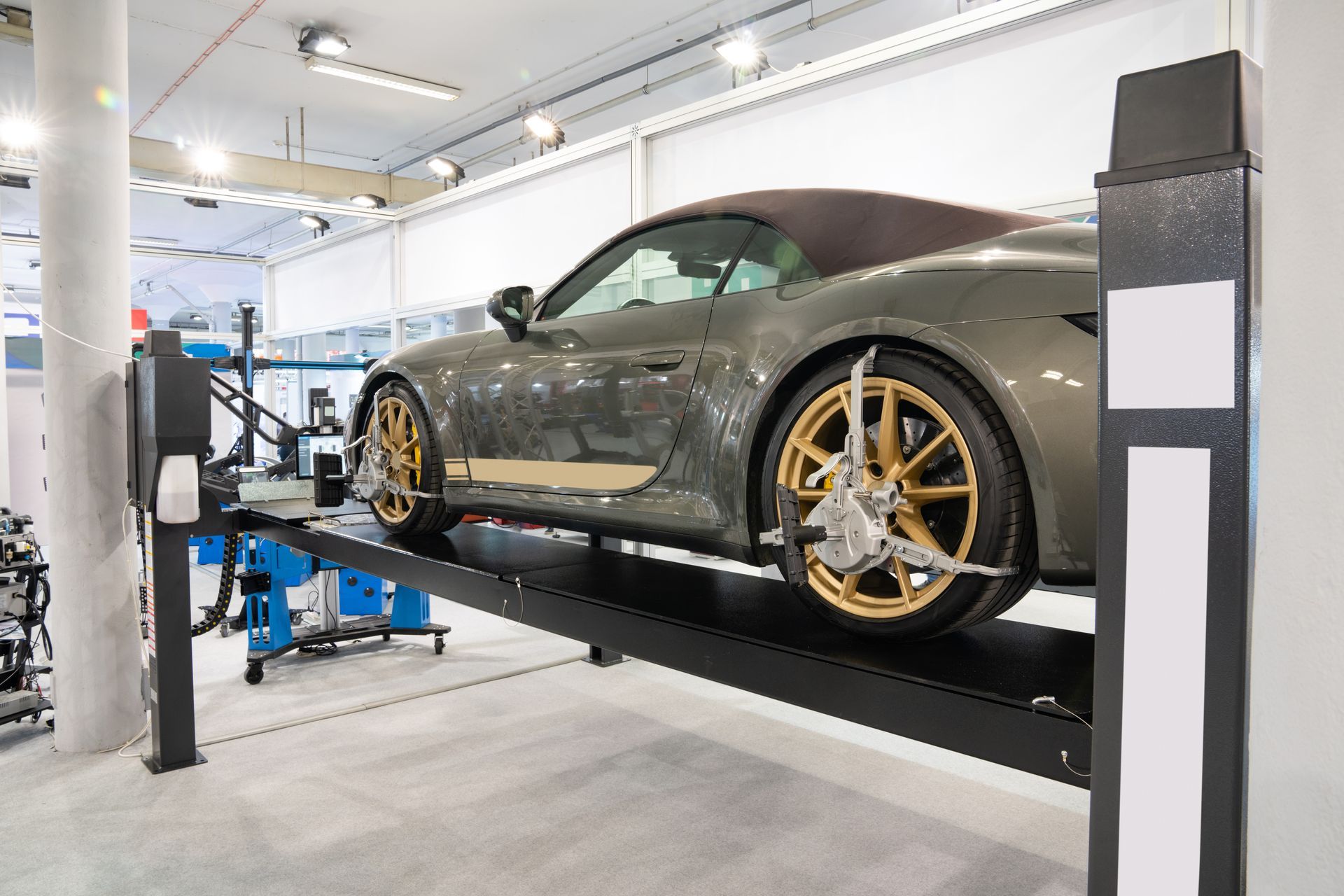Loading ...
Missing business hours data / Error occurred while getting the data.
Loading ...
Missing business hours data / Error occurred while getting the data.
Why Pollen Can Be a Bigger Problem for Your Car Than You Think
March 28, 2025
Pollen season can leave your car covered in a fine yellow dust that’s more than just an inconvenience. While pollen is most commonly associated with seasonal allergies, it can also cause long-term damage to your car’s paint, interior, and even engine performance. If ignored, it can lead to costly repairs, reduced air quality inside your car, and decreased fuel efficiency. Understanding how pollen affects your vehicle and taking steps to prevent damage can keep your car in top condition throughout the season.
How Pollen Affects Your Car’s Exterior
Pollen particles are much smaller than dirt or dust, allowing them to settle into tiny crevices in your car’s paint. Unlike regular debris, pollen is acidic, and when mixed with moisture from rain or dew, it can begin to break down the clear coat. Over time, this can lead to paint discoloration, staining, and surface damage that diminishes your car’s appearance and resale value.
Washing your car frequently is the best way to prevent pollen damage. A pH-balanced car soap will help lift pollen off the surface without harming the paint, and using a wax or ceramic coating adds an extra layer of protection to keep pollen from sticking. If possible, park your car in a garage or use a car cover to minimize exposure.
The Impact of Pollen on Your Engine
While pollen buildup on the exterior is a concern, it can also affect your car’s engine performance. Pollen can be pulled into the engine air filter, clogging it and restricting airflow. A dirty air filter forces the engine to work harder, leading to reduced fuel efficiency, sluggish acceleration, and potential long-term engine wear.
Checking and replacing the engine air filter during peak pollen season helps maintain proper airflow and prevents performance issues. If you notice your car struggling to accelerate or experiencing a drop in gas mileage, a clogged filter could be the cause.
Pollen Can Lower Air Quality Inside Your Car
If your car’s cabin air filter is clogged with pollen, dust, and debris, it won’t effectively filter the air entering your vehicle. This can lead to musty odors, increased allergy symptoms, and reduced airflow from your AC. If you find yourself sneezing, experiencing irritated eyes, or noticing reduced air circulation when running the AC, it’s time to replace the cabin air filter.
Switching to recirculation mode when running the AC can help keep pollen from entering the system, while regularly vacuuming and wiping down interior surfaces will prevent pollen from settling inside the cabin.
Why Windshield Wipers and Pollen Don’t Mix
Pollen buildup on your windshield can reduce visibility, and using your wipers on a dry windshield can smear pollen, making it harder to see. If left to accumulate, pollen can also mix with rain and create a stubborn residue that’s difficult to remove.
To prevent visibility issues, clean your windshield regularly with a glass cleaner and use windshield washer fluid designed for pollen and dust removal. Replacing old wiper blades ensures that they can effectively clear away pollen buildup without leaving streaks.
Keeping Your Car Pollen-Free All Season Long
Pollen season doesn’t have to mean a dirty, underperforming car. By following these maintenance steps, you can minimize the impact pollen has on your vehicle:
- Wash your car frequently to prevent pollen buildup and paint damage.
- Apply a protective wax or ceramic coating to make pollen easier to remove.
- Check and replace your engine and cabin air filters to improve air quality and performance.
- Vacuum and wipe down interior surfaces to keep pollen from settling inside your car.
- Use recirculation mode on your AC to reduce pollen exposure while driving.
Severson Auto Service Can Help You Protect Your Car
Pollen may seem harmless, but it can create real problems for your car’s exterior, engine, and air quality. Regular maintenance can help keep your vehicle in great shape throughout the season. Whether you need a cabin air filter replacement, an engine tune-up, or a professional wash to remove pollen buildup, expert care makes all the difference.
Pollen buildup can do more than just make your car look dirty—it can affect performance and air quality. Visit
Severson Auto Service in Rochester, MN, for expert maintenance to keep your car pollen-free this season.
Loading ...
Missing business hours data / Error occurred while getting the data.
Loading ...
Missing nap lines data / Error occured while getting the data.

